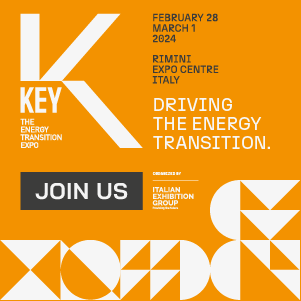BEIJING, China – A prominent figure in China’s energy sector is calling for a renewed focus on green hydrogen as a critical component in building a more sustainable global energy landscape. Baoshen Zhong, Chairman of LONGi Green Energy, spoke at the 2024 Two Sessions, emphasizing the role of “new quality productive forces” like green hydrogen in achieving a zero-carbon future.
Zhong pointed to renewable energy sources such as solar and wind power, alongside green hydrogen produced using those renewables, as a pathway to eliminating carbon emissions at the source of energy production. This aligns with projections from the International Renewable Energy Agency (IRENA) that forecast an 8% annual growth rate in global hydrogen trade by 2050.
China’s domestic hydrogen industry is experiencing explosive growth, with the China Hydrogen Alliance predicting a one trillion yuan output value by 2 2025. The China Photovoltaic Industry Association (CPIA) recently released a report highlighting the potential of integrating solar power with hydrogen production to create clean ammonia and methanol. This would not only expand the use of renewable energy but also address the challenge of storing and transporting green hydrogen.
The concept of “new quality productive forces,” outlined in the 2024 Government Work Report, signifies a focus on technological innovation to drive productivity gains. Zhong elaborated on the significance of green hydrogen, calling it a “zero-emission clean energy carrier and an essential industrial raw material.” He identified off-grid hydrogen production as a promising area with the potential to accelerate energy structure adjustments, achieve carbon neutrality goals, and enhance energy storage capabilities.
To maximize the potential of green hydrogen, Zhong proposes strategically combining this technology with China’s existing large renewable energy bases. Prioritizing water electrolysis projects in desert and wasteland regions would leverage these areas’ natural resources and facilitate the rapid adoption of advanced technologies.
Another strategy to address cost concerns involves using green ammonia and green alcohol as alternative carriers for green hydrogen. This approach gains particular relevance in light of the European Union’s recent inclusion of the shipping industry in its carbon emissions trading system. Many shipowners are exploring decarbonization strategies, with green methanol produced from green hydrogen emerging as a popular substitute for traditional shipping fuels.
In this context, Zhong underscores the importance of accelerating the inclusion of high-carbon industries, like domestic chemical production, into China’s carbon trading system. He also advocates for the use of captured carbon dioxide as a feedstock for green methanol production, which could ultimately reduce costs and enhance the competitiveness of China’s green fuels.
Synthetic ammonia production presents another significant opportunity. China, currently the world’s largest producer and consumer of synthetic ammonia, could see substantial reductions in fossil fuel consumption by adopting green hydrogen-based ammonia synthesis. Estimates suggest that coal-based ammonia production releases approximately 4.2 tonnes of carbon dioxide for every tonne of ammonia produced. Widespread adoption of green hydrogen ammonia synthesis projects has the potential to significantly reduce reliance on fossil fuels and expedite carbon peak and neutrality targets.
LONGi Green Energy, under Zhong’s leadership, has taken concrete steps to advance green hydrogen technology. Since its establishment in 2021, the company has built the first 1,000 Nm3/h alkaline water electrolyzer and secured China’s first 10,000-tonne PV green hydrogen demonstration project, which is now operational.











